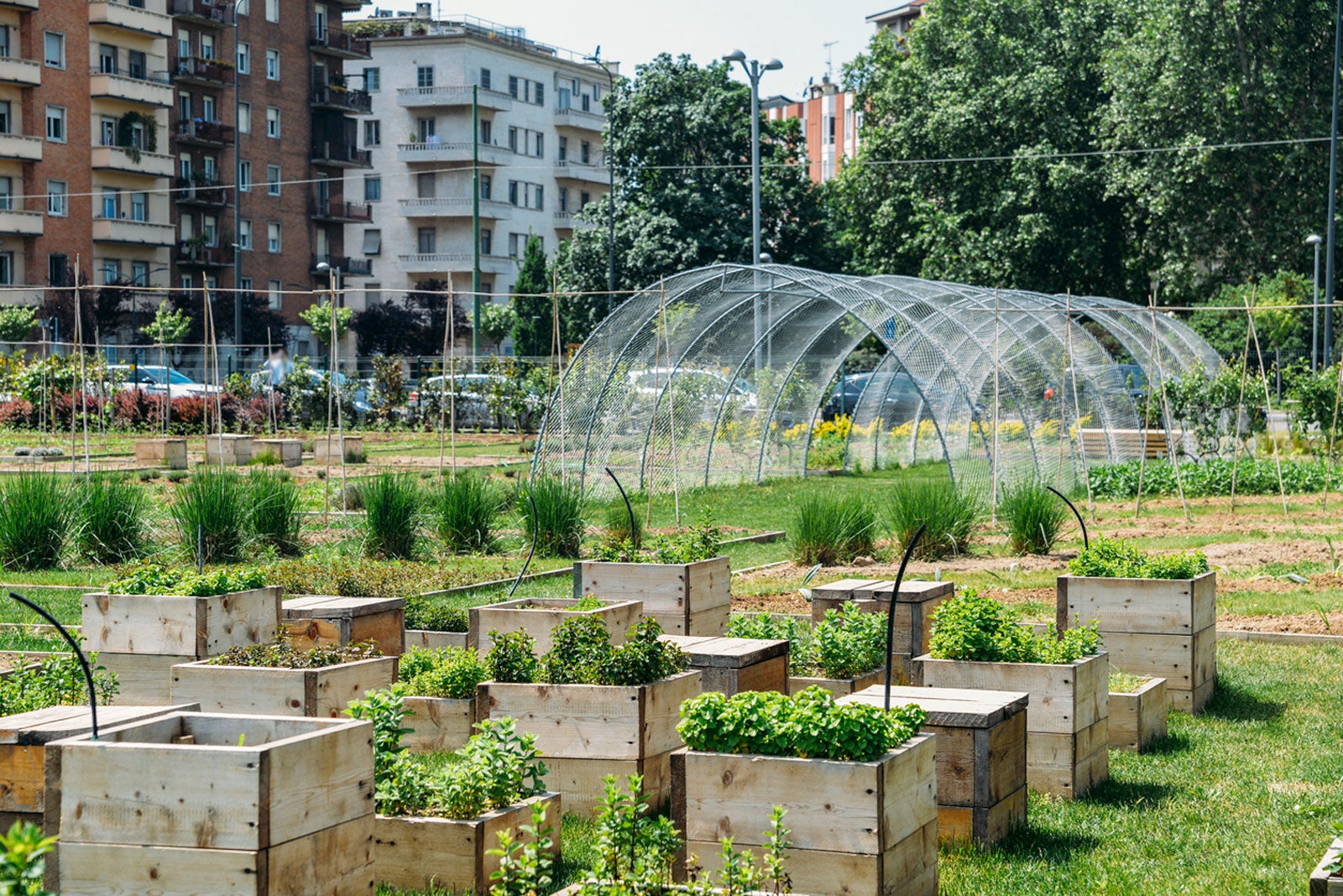City Blooming Fundamentals Explained
City Blooming Fundamentals Explained
Blog Article
The Facts About City Blooming Uncovered
Table of ContentsThe Single Strategy To Use For City BloomingAll about City BloomingWhat Does City Blooming Do?Our City Blooming StatementsGetting The City Blooming To Work
Intrigued in growing food available in the City of Chicago? Considering starting a neighborhood yard? Modifications to the Chicago Zoning Regulation enable agricultural uses like neighborhood gardens and city farms in lots of components of the city. Below is a list of frequently asked questions pertaining to the policies and guidelines that cultivators must think about when planning a metropolitan farming project.
The zoning modification does not change any kind of various other codes handling composting, building authorizations, buying or leasing City owned home, service licenses or ecological contamination. There are existing codes that manage these issues and they continue to be completely result and may apply to your project. Community gardens are generally had or handled by public entities, civic companies or community-based organizations and maintained by volunteers.
Urban farms grow food that is planned to be sold, either on a nonprofit or for-profit basis. Due to their commercial objective, urban ranches need an organization certificate. Yes. An area garden is enabled to sell excess create that was grown on website if the sales are accessory or secondary to the garden's primary objective explained above.
Everything about City Blooming
The quantity of compost product can not exceed 25 cubic backyards at any type of given time according to the standards in 7-28-715 of the City's Municipal Code. Since the dirt at many new garden websites needs amending, garden compost, dirt, timber chips, or other products can be obtained to build or improve the growing area.

If a building permit is required after that the hoophouse will certainly be taken into consideration an accessory structure. You can discover more regarding the structure permit demands by calling the Division of Structures. The 25,000-square-foot size limit is intended to avoid a solitary neighborhood yard from controling an offered block or interfering with the block's existing residential or business personality.
The limit does not apply to gardens found in Public Open Room (POS) districts. Can there be more than one community yard that is 25,000 square feet on a single block? Secure fencing is not required, nonetheless, yards that have huge parking locations might be called for to set up fencing or various other landscaping attributes.
The smart Trick of City Blooming That Nobody is Talking About
B1 & B2 districts need that all commercial usage tasks be carried out inside. R districts limit industrial task. The regulations show the objective and intent of the Zoning Code. Is fencing required for metropolitan farms? Yes. Fencings might be needed, together with landscaping and screening, for sure auto parking locations and outside work or storage space locations relying on area and the specific task taking location.
Yes. Urban ranches call for structure permits and zoning approvals before construction. Various other types of city testimonial may be needed relying on certain structures, tasks, size, landscape design, licensing, public heath and stormwater monitoring concerns. A lot of these needs are identified in the task layout or permitting process, nonetheless, the applicant may be liable to individually determine details licenses or permits that may be required.
The Division of Company Affairs and Consumer Protection can help figure out the certain type of company certificate that's called for. Off road auto parking is needed for the majority of industrial projects in Chicago. The needed number of car park areas is based on the number of workers functioning on website and not the square footage of the expanding room.
How City Blooming can Save You Time, Stress, and Money.

An urban farm can market garden compost product created on website, nonetheless, the procedure has to abide with the regulations in 7-28-715 of the Chicago Municipal Code. Aquaponic systems are allowed inside on city farms in numerous zoning areas.
Up to five hives or nests of honey bees may be kept as an accessory usage. Beekeepers have to register with the Illinois Department of Farming. For more click for source details regarding the suggested zoning amendment you might speak to the Division of Real Estate and Economic Advancement, Bureau of Preparation and Zoning at 312.744.8563.
Farming in cities and urban locations A city farm in Chicago. Urban agriculture describes different practices of growing. https://www.quora.com/profile/Daniel-Nold-6, handling, and dispersing food in city locations. The term additionally puts on the location activities of animal husbandry, aquaculture, beekeeping, and cultivation in a city context. Urban farming is identified from peri-urban farming, which takes location in backwoods at the edge of residential areas.
See This Report about City Blooming
, who look for to form social networks founded on a common principles of nature and neighborhood holism. These networks can establish by way of official institutional assistance, ending up being integrated right into regional community planning as a "shift town" activity for lasting metropolitan development.
Some of the initial proof of city agriculture comes from Mesopotamia.
Report this page